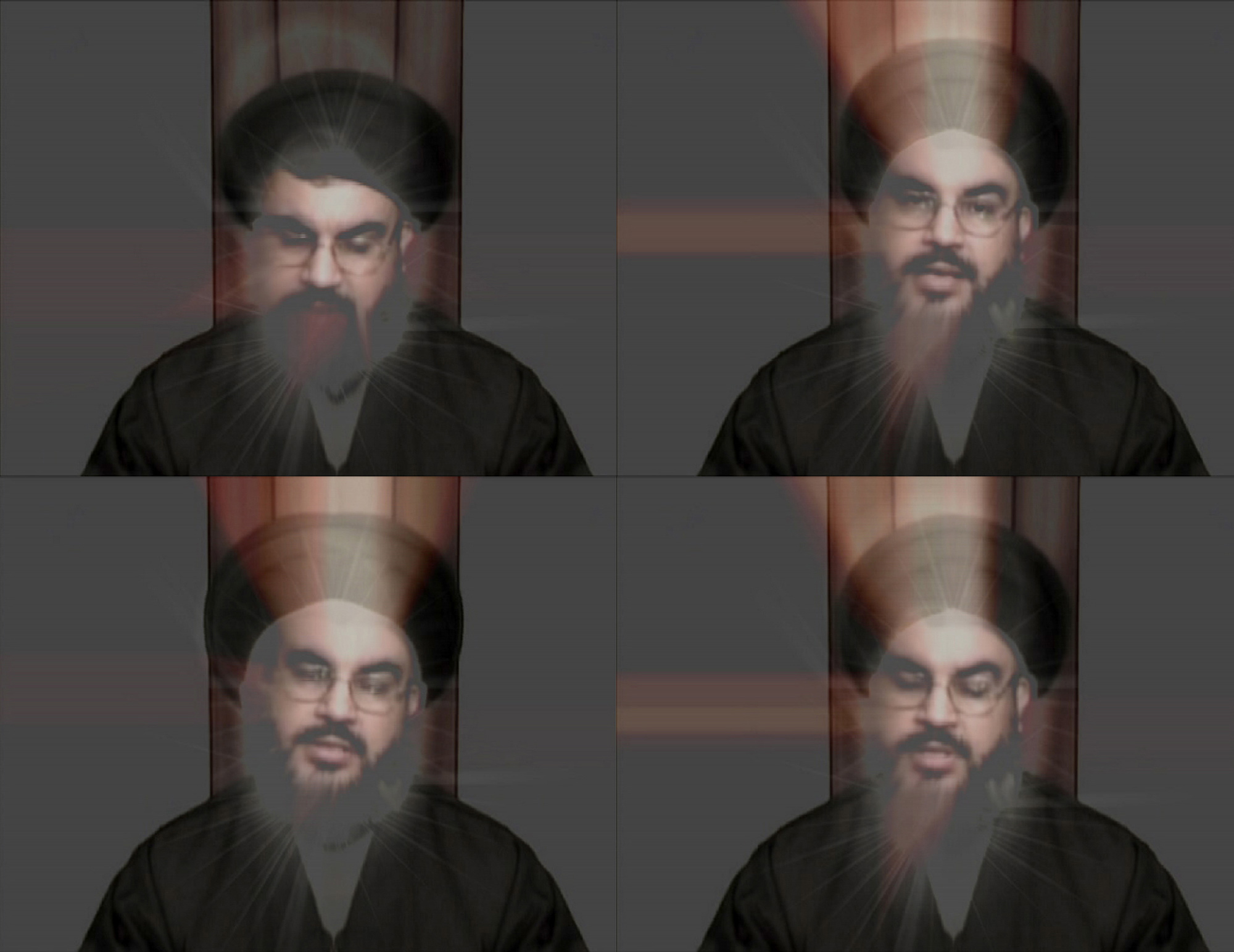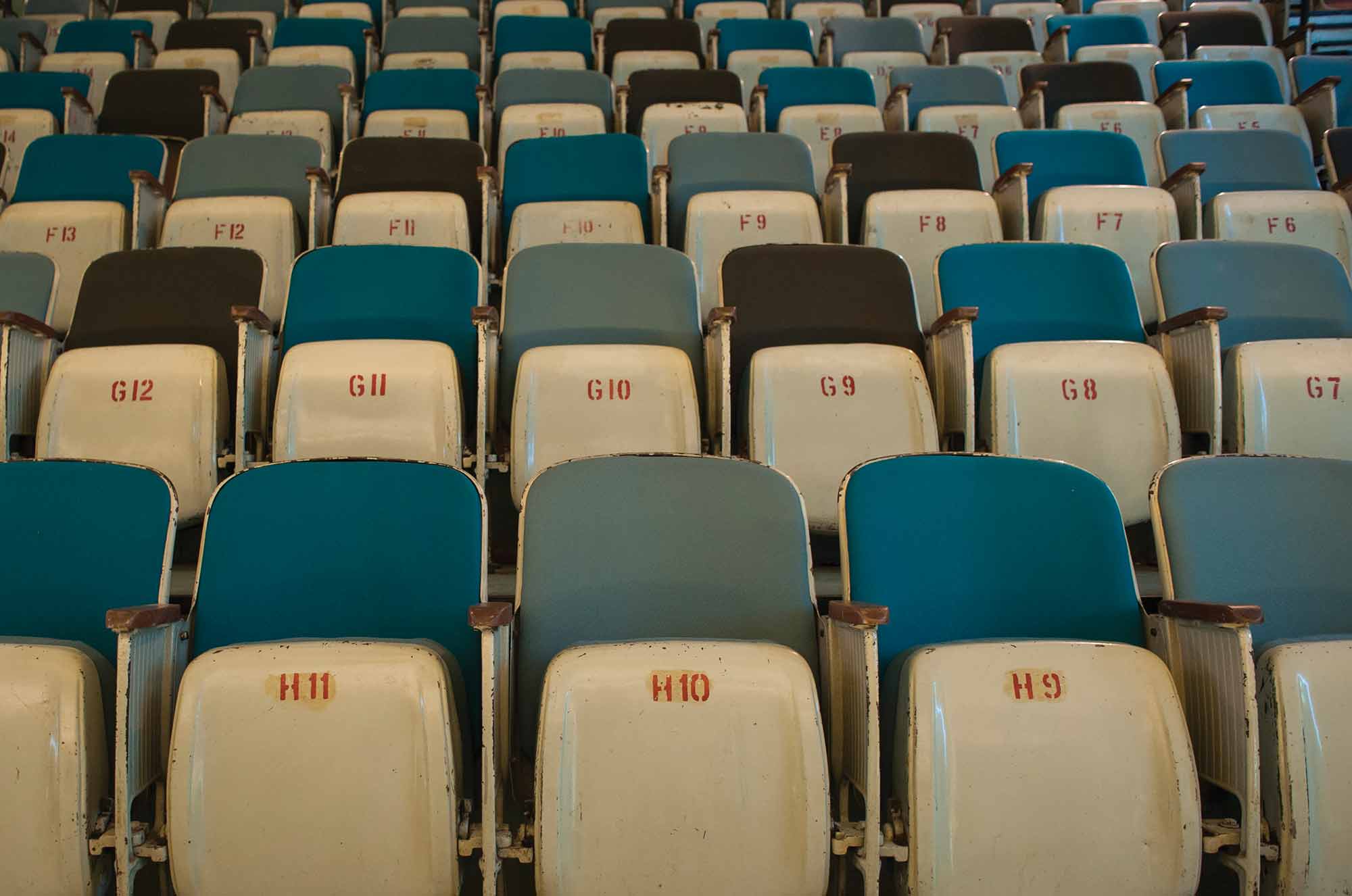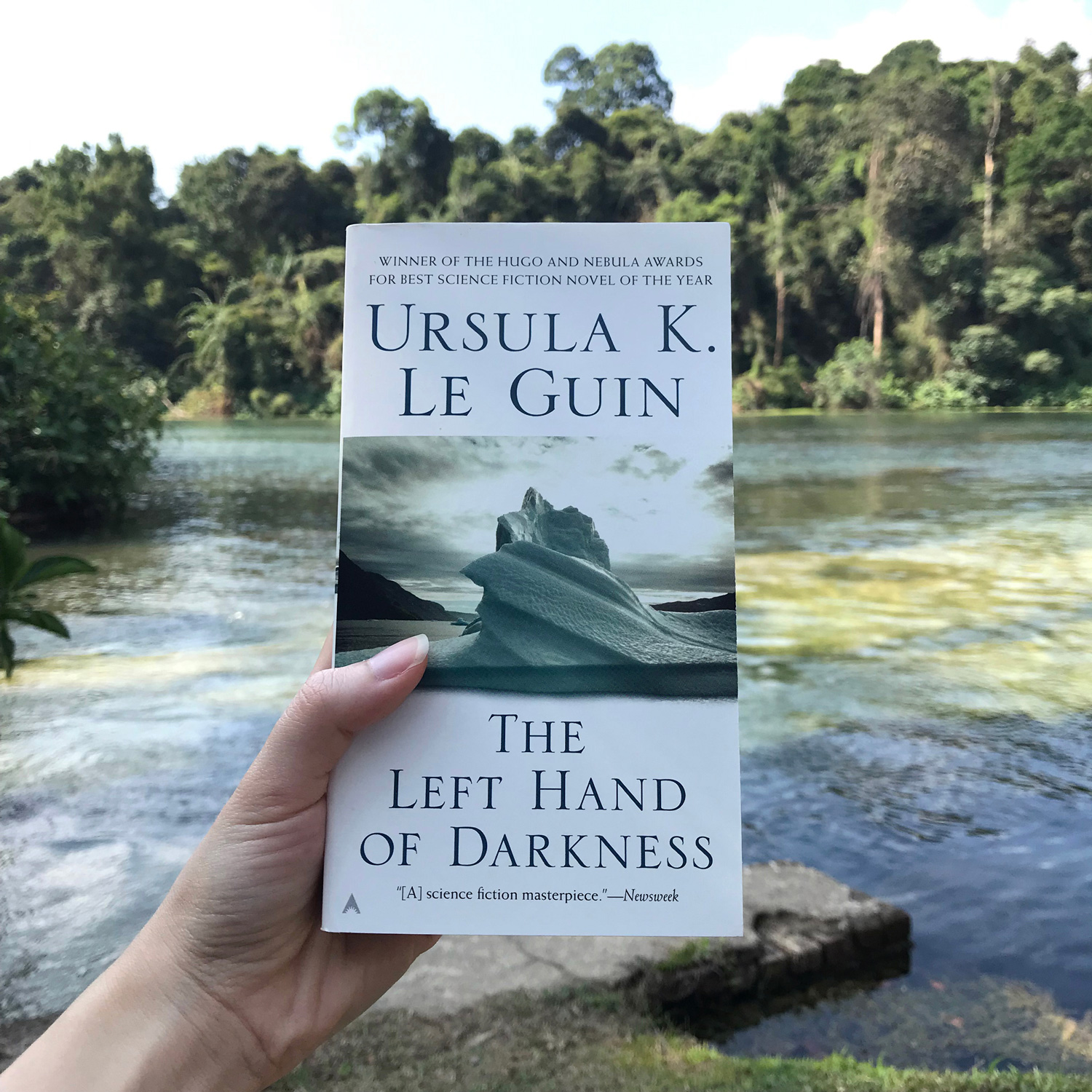“You can achieve an enormous amount in silence”. This seems an odd way for Sam Mendes to describe Skyfall (2012), his latest action-packed, blockbuster Bond film. Silence, which is what Harold Pinter elevated to unbearably tense heights in the theatre, has long been a staple of cinematic language. To be sure, cinema is not so much non-verbal but pre-verbal. Before talkies, cinema had already established the majority of its visual narrative techniques – close-up, reverse shot, point of view et cetera. During the silent era, lamented Alfred Hitchcock, the great directors “had reached something near perfection. The introduction of sound, in a way, jeopardised that perfection.”
He was referring to a tendency of filmmakers who, taking advantage of new sound recording apparatuses in the 1930s, filmed stage plays and presented them as movies. Hitchcock regarded this dependence on extensive dialogue and verbal narration as fundamentally un-cinematic. Was Hitchcock’s fear just the growing pains of an art form coming to terms with a technological innovation? In an era where character dramas are losing their budgets to multimillion dollar, visual spectacles that tend to hit an audience over the head with their films’ meanings, what value does silence have?
In cinematic terms, silence is not just a question of audibility. It is represented by what remains, which, in the cinema, is literally the image on the screen. When Dustin Hoffman scuba dives in his swimming pool in The Graduate (1967), it is the soft release of bubbles from his mouthpiece that gives us access to the sound and, importantly, the feeling, of silence. Such a scene can evoke an atmosphere, create a tone and convey a myriad of emotions using basic visual and aural techniques in a few seconds.
"In cinematic terms, silence is not just a question of audibility. It is represented by what remains, which, in the cinema, is literally the image on the screen."
Imagine, on the other hand, Hoffman’s character providing a verbal description of the same scene. Firstly, it would take more time and space to find the language to reflect the images presented. Secondly, these words might not even be sufficient. As Paul Schrader, screenwriter of Taxi Driver (1976), noted, an image can express a powerful idea without requiring language to mediate its meaning. To take the above example, the word ‘bubbles’ raises many possibilities: how big are they, how rapidly do they emerge from the mouthpiece, how quickly do they rise to the surface? But the actual image of these bubbles as seen in The Graduate dismisses such questions.
Admittedly, this image arguably limits a viewer’s imagination, a criticism that can be leveled against many filmic adaptations of novels. By imposing specific images of what characters and scenes look like, such adaptations replace the individual versions of the stories that readers had concocted in their own heads. Rather than a criticism of either medium, this points more to a fundamental difference between literature and cinema. Moreover, in the cinema a verbal description might simply be less expressive or poetic than a visual one. The precision and immediacy of images over the potential unwieldiness of words makes silence a powerful visual storytelling tool.
Silence is the unanswered query that makes us ask the next question crucial to narrative momentum: what’s going to happen next? It is the close-up that lingers after the last line of dialogue, the rest in the soundtrack, the gap between utterances, the space after the full stop. A well-placed silence is so enthralling because it engages our imaginations. What is that golden light emanating from the briefcase in Pulp Fiction (1994)? Because we’re never told, every viewer can have a different version of it, or so believes Quentin Tarantino, the film’s director.
Alternatively, when a silence is elongated it can be meditative or profound. A great exponent of this, Yasujiro Ozu, frequently used simple cut-away shots of seemingly mundane objects. Depending on where they were placed, these shots reinforced the narrative or, at a more abstract level, the intellectual underpinnings of his films. A misplaced silence, either aural or narrative, can lose a viewer in a snap; but when used carefully, can make for a much richer experience that implicates the viewer in uncovering the variety of possible meanings within the film.

Silence can also communicate on an instinctive level. It gives us access to a character’s subjectivity. As the late filmmaker Alexander MacKendrick pointed out, speech involves the rationalising of our feelings and impulses, whereas action and images communicate on a far more primitive level. Take Rust and Bone (2012), Jacques Audiard’s latest film. An extreme slow motion shot of a bloody tooth hitting the ground tells us a great deal about the sheer viscera of illegal street fighting. Silence can cut through the intellect and go straight to our gut. For a brief moment, a viewer gives in to the feeling generated by these mute images of men pummeling each other and stops thinking of how illogical their actions may be. Beyond that, a viewer is encouraged to revel in the pure physicality of the action, to feel what the characters in the film feel rather than judge them from a distance.
Mendes recounts that in Skyfall he wanted to expose the vulnerability of Bond, a character who has been treated like a given for decades. Interestingly, in such a large-scale film, Mendes believed the best way to do this was by showing Bond in silence. Such moments are a reminder that, in its infancy and at its core, a large part of the cinema’s appeal lies in its ability to capture humanity in motion and display it to a wider audience. Through various technological transformations, this appeal has remained a fundamental aspect of making movies; and silence serves as a productive space for viewers to imagine their sympathy for the characters on screen.




